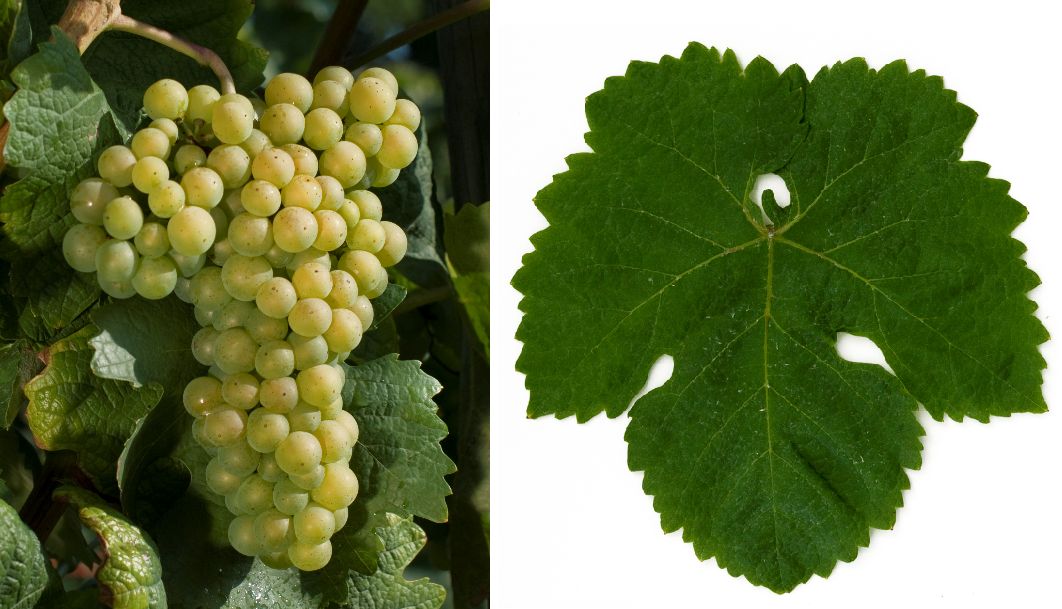This white grape variety comes from Portugal. The name means "laurel" and refers to the taste of the berries. Synonyms are Amarnate, Arinto, Arinto Branco, Branco Redondo, Branco Redondos, Dourada, Dourado, Loureiro Blanco, Loureiro Branco (Portugal); Loureira, Loureira Blanca, Marqués, Marquez (Spain); Rutherglen Pedro. Despite seemingly suggestive synonyms or morphological similarities, it should not be confused with the varieties Arinto (Arinto de Bucelas) or Galego Dourado (Rutherglen Pedro). According to DNA analyses carried out in 2020, it comes from a presumably natural cross between Amaral x Branco Escola. However, this is based on only 17 DNA markers (see Molecular genetics). Whether the Loureiro Tinto variety is a colour mutation (or vice versa), and whether there is a relationship to the Mencía variety (Loureiro Tinto), is not known.

The early-maturing, high-yielding vine is susceptible to fungal diseases such as powdery mildew, downy mildew and botrytis. It produces white wines with aromas of bay, orange, acacia and apple, which are often blended with the Arinto and Trajadura varieties. The variety is grown in Portugal in the northern regions of Douro, Lisboa, Do Tejo and (as the second most important variety) Vinho Verde, as well as in the Azores. The Portuguese cultivated area is 4,402 hectares. In Spain, it is mainly cultivated in the region of Galicia on 294 hectares of vineyards, where it is permitted in the Rías Baixas, Ribeira Sacra and Ribeiro areas. In 2016, a total of 4,696 hectares of vineyards were designated, with an upward trend. The variety is thus ranked 119th in the global grape variety ranking (Kym Anderson statistics).
Source: Wine Grapes / J. Robinson, J. Harding, J. Vouillamoz / Penguin Books Ltd. 2012
Images: Ursula Brühl, Doris Schneider, Julius Kühn-Institut (JKI)
Voices of our members

Using the encyclopaedia is not only time-saving, but also extremely convenient. What's more, the information is always up to date.
Markus J. Eser
Weinakademiker und Herausgeber „Der Weinkalender“